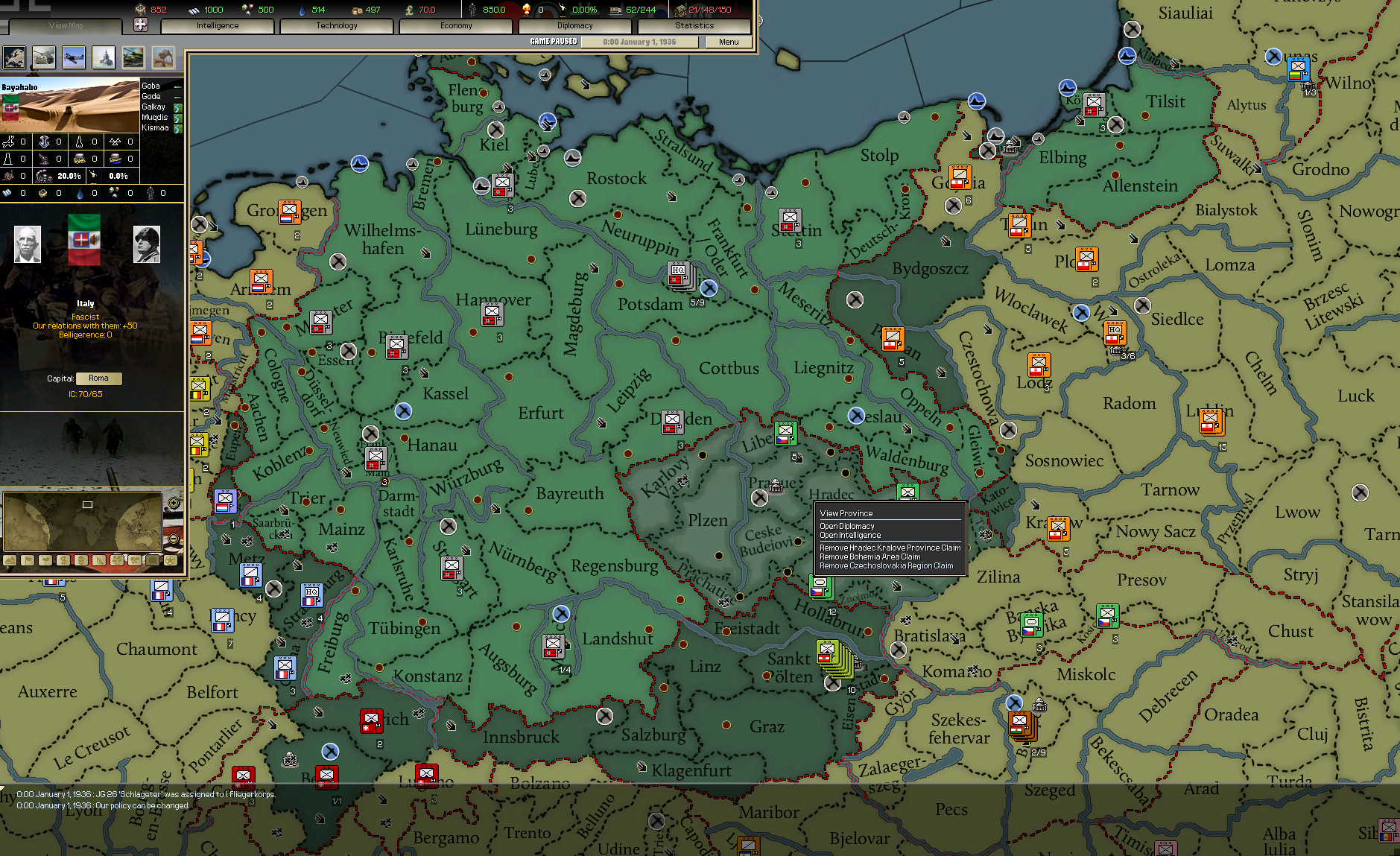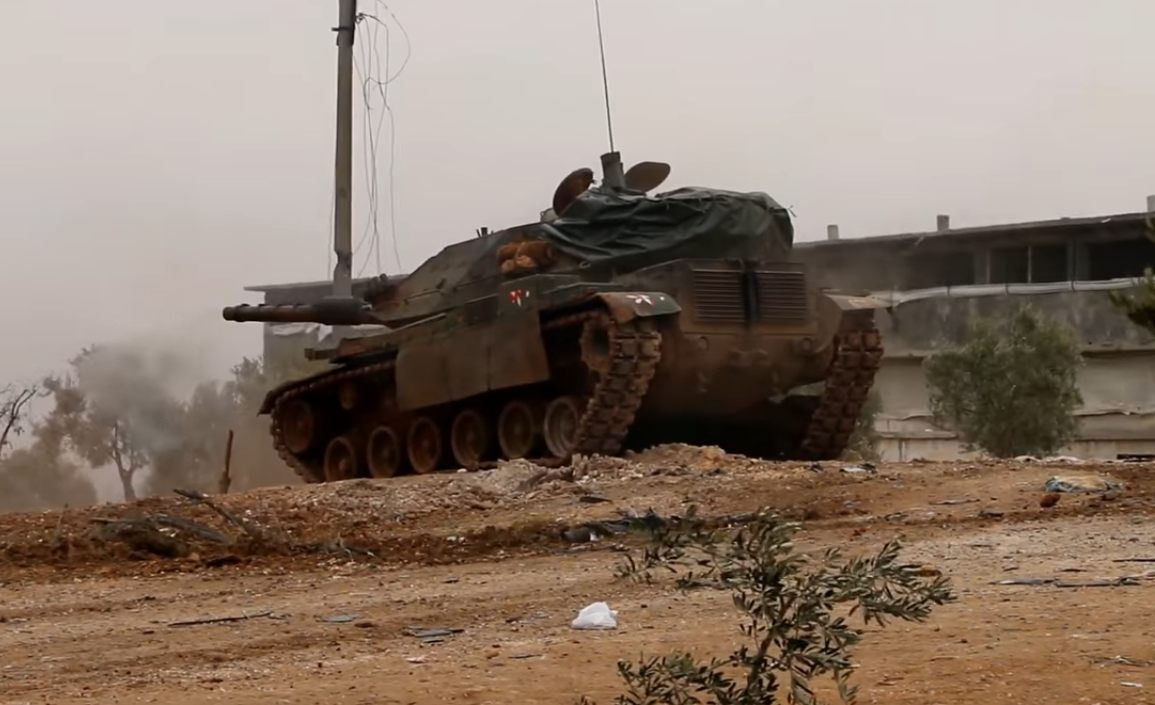BEN BUCHANAN, MICHAEL SULMEYER
A later investigation would conclude that the data taken during this period, if printed out, would stretch as high as the towering obelisk of the Washington Monument. The investigators noticed something else: the bulk of the intruders’ activities took place at night. From this fact, and from the tangled international web of hop points through which the intruders carried out their operations, the case acquired a name—Moonlight Maze. As the investigation proceeded, the perpetrators came more clearly into view: Russian operators.On October 7, 1996, well before such things were commonplace, the Colorado School of Mines suffered a digital break-in. The intruders gained access to a computer nicknamed “Baby Doe” in the school’s Brown Building. To do this, they exploited vulnerabilities in the machine’s Sun OS4 operating system. From there, they hopscotched to NASA, the National Oceanic and Atmospheric Administration, the U.S. Navy and Air Force, and a long list of other computers spread across American universities and military installations. The operation went on for years, with the intruders collecting sensitive information as they went.
















